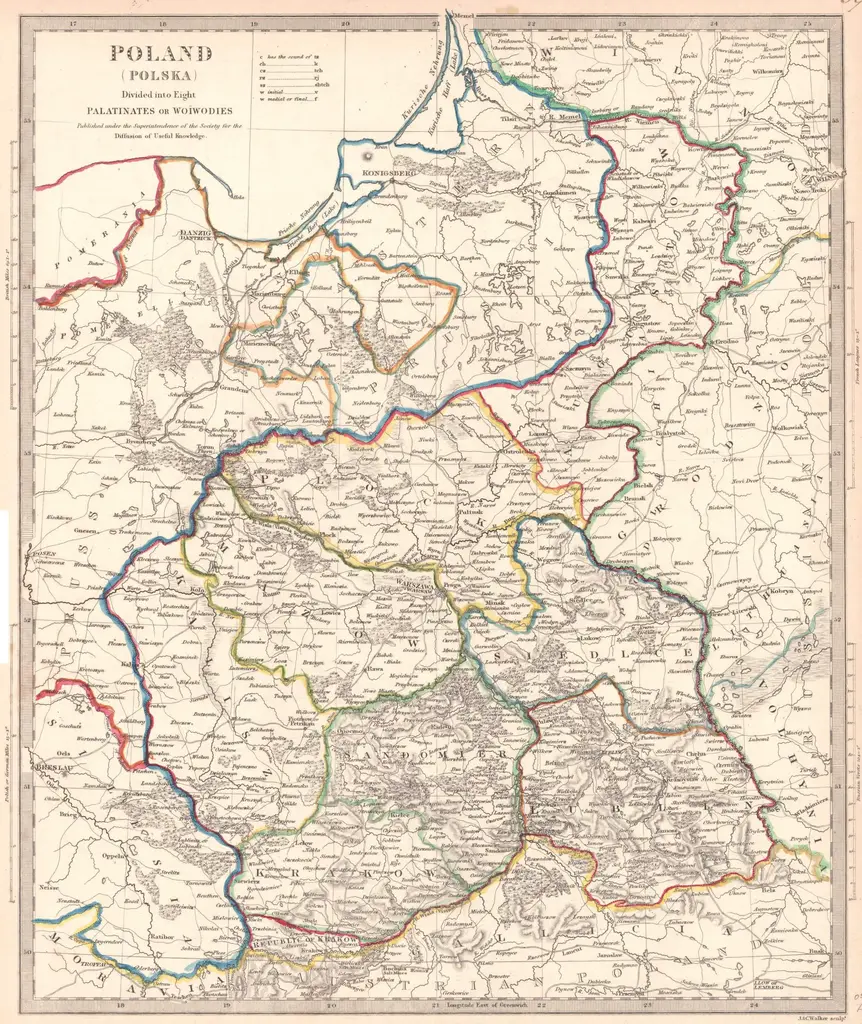
How to Find the Right Parish in Polish Genealogical Research
Published September 7, 2025 | 3 min read
How to Find the Right Parish in Polish Genealogical Research
In Polish genealogy, parish records are often the backbone of research. Baptisms, marriages, and burials were traditionally recorded by local parishes, not central authorities. This means that finding the correct parish is one of the first, and most crucial, steps to reconstructing your family history.
Yet parishes were not static. Boundaries shifted, new parishes were created, and names evolved over time. To add to the challenge, both political upheavals and linguistic changes left traces in the way parishes and towns were recorded.
Why Parishes Matter
Until the 19th century, parish registers were the main official record of vital events. Even when civil registration was introduced under partitions, parish books often continued to be used in parallel. If you know the village your ancestors came from, you must identify which parish served it at that particular moment in history.
Shifting Parish Boundaries
Parishes could grow, split, or change affiliation. A village recorded in one parish in the 18th century might belong to a new parish by the late 19th century. Researchers must always check:
- Historical maps showing parish jurisdictions.
- Diocesan histories, which often note when parishes were established or reorganized.
- State Archives or diocesan archives, which list the range of records held.
Place Name Changes
One of the biggest traps in genealogical research is the changing names of towns, counties, and villages. These shifts happened because of administrative reforms, political rule, or simple linguistic evolution.
County (Powiat) Examples
-
Powiat Nowo-Aleksandryjski (named during Russian rule) later became known as Powiat Puławski. A researcher looking for “Nowo-Aleksandryjski” may miss the fact that it corresponds to modern Puławy County.
-
Kraj Pruski (Prussian Country/Province): An administrative region of the Kingdom of Prussia after the partitions of Poland. Many villages recorded as being in the “Kraj Pruski” are now in present-day Poland.
-
Lemberger Kreis: An Austrian administrative district centered on Lwów (Lemberg) in Galicia, under Habsburg rule. Ancestors from this region may be listed under “Lemberger Kreis” rather than by modern Polish voivodeship names.
Village Examples – From German to Polish
On the shifting borders of Silesia, Mazury, and other formerly German-controlled areas, many places had German names that were later Polonized:
- Gross Schimnitz → now Zimnice Wielkie (earlier also noted as Siennica Wielka).
- Gottersdorf → now Gotartów (near Olesno, Silesia).
- Ortelsburg → now Szczytno (in Masuria, Warmian-Masurian Voivodeship).
If your ancestors’ records show a German place name, you need to find its modern Polish equivalent before identifying the parish.
Tools for Identifying Parishes
-
Słownik Geograficzny Królestwa Polskiego (Geographical Dictionary of the Kingdom of Poland)
- A 19th-century encyclopedia that describes every village, parish, and county in detail.
- Often available online as scanned volumes.
-
Historical Maps
- Maps from the 18th and 19th centuries often show parish borders.
- Online collections such as mapywig.org are excellent sources.
-
Genealogical Indexes
- Databases like Geneteka allow you to search by village and often indicate the parish.
-
Diocesan Archives
- They keep detailed inventories of parishes and records.
Practical Tips
- Always search using both the historical and modern names of a place.
- Learn the common translations: German to Polish, Russian to Polish, and older dialectal forms.
- Don’t assume a single parish; neighboring parishes sometimes recorded overlapping villages.
- Cross-reference with civil administrative units, since parish and county boundaries didn’t always match.
Final Thoughts
Finding the correct parish is like locating the gateway to your ancestors’ lives. But because of shifting borders, changing place names, and administrative reforms, it requires patience and cross-checking. Once you match the right parish to your ancestral village, you open the door to centuries of baptisms, marriages, and burials—records that bring family history back to life.
In genealogy, every place name holds a story: not just about geography, but about history, politics, and identity. Understanding those shifts is as important as finding the names themselves.
